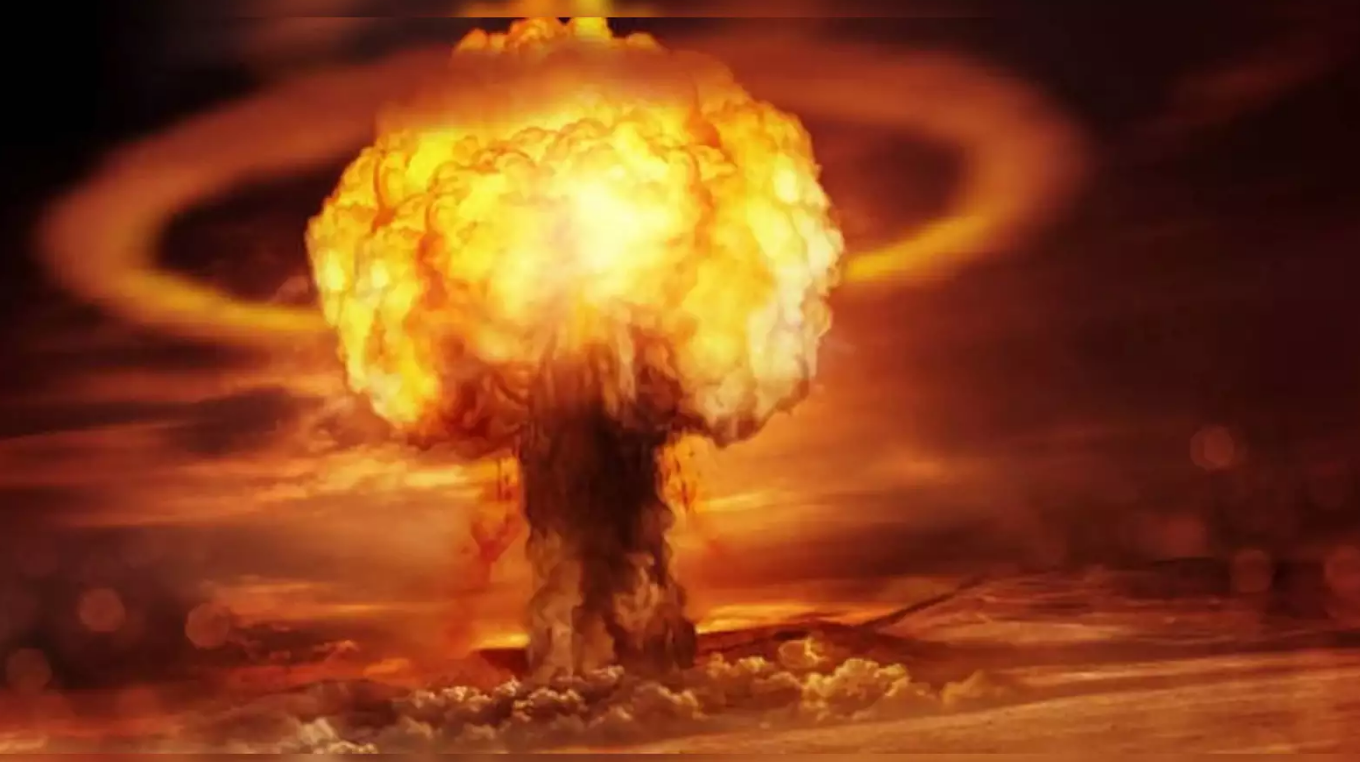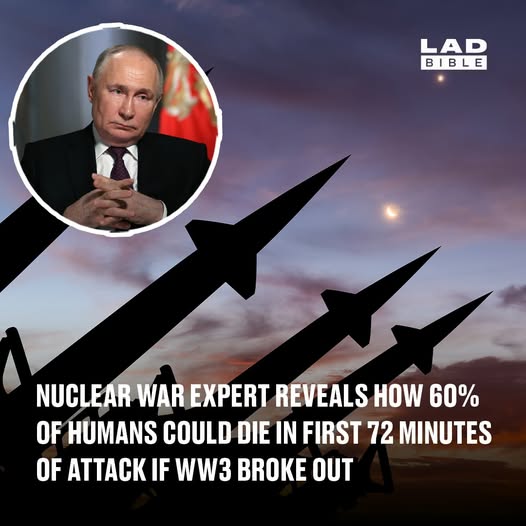In her 2024 book, Nuclear War: A Scenario, investigative journalist Annie Jacobsen presents a harrowing, minute-by-minute account of how a nuclear conflict could unfold, leading to catastrophic consequences within just over an hour. Drawing from extensive research and interviews with military and intelligence experts, Jacobsen’s narrative underscores the fragility of global peace and the devastating potential of nuclear warfare.
A Hypothetical Trigger: North Korea’s Surprise Attack
Jacobsen’s scenario begins with a sudden nuclear strike by North Korea, targeting both Washington, D.C., and the Diablo Canyon Power Plant in California. This unprovoked attack sets off a rapid chain of events, compelling the U.S. to respond under its “launch on warning” doctrine, which mandates immediate retaliation upon detecting an incoming nuclear threat. The President, informed within minutes, faces immense pressure to make swift decisions with limited information, highlighting the perilous nature of such protocols.

Escalation: A Global Catastrophe Unfolds
The U.S. retaliates with a massive strike involving 82 warheads aimed at North Korea. However, the trajectory of these missiles over Russian territory leads Moscow to misinterpret the action as an attack on Russia itself. In response, Russia launches approximately 1,000 warheads, devastating American nuclear facilities and major cities. European nations, including the UK, Germany, and France, also become targets, resulting in widespread destruction across the continent.
Human and Environmental Toll
Within the first 72 minutes, hundreds of millions perish. The immediate aftermath sees the onset of a nuclear winter, with massive fires releasing soot into the atmosphere, blocking sunlight, and disrupting global agriculture. Radiation poisoning becomes rampant, and the collapse of food chains leads to widespread famine. Jacobsen emphasizes that such a conflict would not only decimate populations but also render vast regions uninhabitable for generations.
The Role of Leadership and Decision-Making
A critical aspect of Jacobsen’s analysis is the concentration of nuclear launch authority in the hands of a single individual—the President. This “sole authority” system means that one person’s decision, made under extreme duress, could determine the fate of humanity. Jacobsen argues for the necessity of stable, rational leadership and questions the prudence of entrusting such monumental power to a single figure.

Conclusion: A Call for Vigilance and Reform
Jacobsen’s Nuclear War: A Scenario serves as a stark reminder of the dire consequences of nuclear conflict and the importance of robust safeguards against accidental or hasty escalations. Her work urges policymakers and the public alike to re-examine existing nuclear strategies, advocate for de-escalation, and prioritize diplomatic solutions to prevent such a catastrophic scenario from ever becoming reality. Jacobsen’s Nuclear War: A Scenario is not science fiction—it is a chillingly realistic possibility based on decades of expert insight and geopolitical trends. Her depiction of the first 72 minutes of nuclear conflict serves as a powerful warning about how quickly civilization could collapse due to miscommunication, miscalculation, or sheer aggression. The book calls on world leaders, citizens, and international institutions to prioritize nuclear disarmament, strengthen diplomatic ties, and rethink protocols that place the fate of millions in the hands of a single individual. In a world of rising tensions, her message is more urgent—and more necessary—than ever.

















